In the first step, How do understand electronics work easily? Electronic circuits use many devices and are very complicated. We have less opportunity to understand its operation. Let’s use the electronic block diagrams.
It is used to show so that we can understand the design of complete circuits easily.
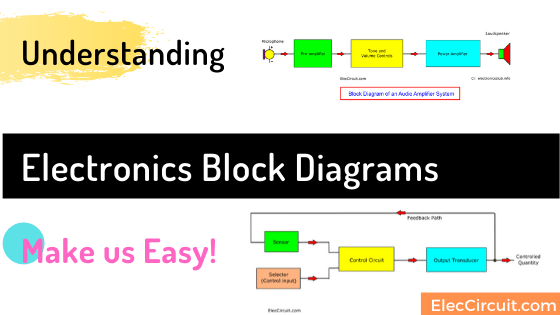
Then, we will divide them into sections or blocks. Each block has a specific function Each block is connected. Most, we will not display the components used in the block. Only the input and output are visible.
So, Looking at this makes it easy to understand or design the entire system. Almost forgot! Usually, we do not show a power source or battery in the circuit diagram.
For example electronic block diagrams
Read Back: Learning electronics for beginners with easy ways
If you cannot imagine this. Let me show you the example block diagram of many circuits.
Audio Amplifier System
- The Microphone converts sound signals into electrical signals (voltage)
- Pre-Amplifier will increase the low level (voltage) signal from the microphone into a higher level.
- Tone and Volume Controls
we will adjust this to control this audio. Tone controls adjust the high frequency(Treble) and low frequency (Bass). The volume adjusts level loudness of sound. - Power Amplifier will increase the audio signal power up.
- The Loudspeaker converts electrical signals to sound.
Radio Receiver System
- Antenna: serves to receive radio signals from various stations.
- Tuner: Select only one radio station.
- Detector: extracts the sound signal from the carrier wave that comes with the radio signal.
- Audio Amplifier: it will amplify the audio signal to high power.
(This part may be divided into more blocks, like the amplifier system above.) - Loudspeaker: converts electrical signals into sound
Regulated Power Supply System
- The transformer reduces the voltage from AC 220 volts to a low-voltage AC.
- The rectifier converts AC to DC voltage. But it is DC voltage that is not smooth and has a high ripple.
- Smoothing: filters DC power to be smooth to reduce the ripple to low.
- Regulator: eliminate ripple signal, regulate DC output to be stable
Feedback Control System
- Sensor: A converter that converts the controlled state into electrical signals.
- Selector (control input): Select the desired condition of the output. Normally it is a variable resistor.
- Control Circuit: – Compare the desired conditions from the control input and sensor of the controlled quantity and send the appropriate signal to the output transducer.
- Output Transducer: converts electrical signals to control volume.
- Controlled Quantity: Normally, not electric quantity, such as motor speed.
- Feedback Path – In normal, not electric current. The sensor will detect a state of the controlled quantity.
Thank you credit source: Block Diagrams by John Hewes Learn more
How are you? Do you understand the electronics block diagrams more? I definitely want to help you. You can read more. Simple Electronic circuit examples

I love electronics. I have been learning about them through creating simple electronic circuits or small projects. And now I am also having my children do the same. Nevertheless, I hope you found the experiences we shared on this site useful and fulfilling.


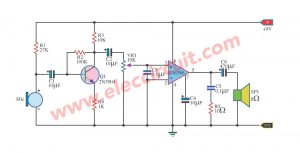
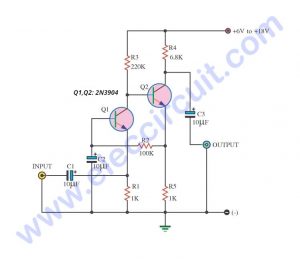
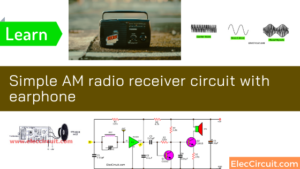
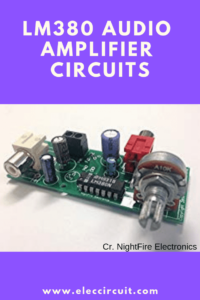
Thanks eleccircuit.com wonderful work u are doing . I love your website . May God bless u in this work
Regards
Mohammed Shakir
Hello,
Thanks for your feedback.
Thank you very much, God bless you. 🙂
Your writing style is really engaging. I couldn’t stop reading!
Thank you. for visiting our website. My father and I will continue to build the website. 🙂